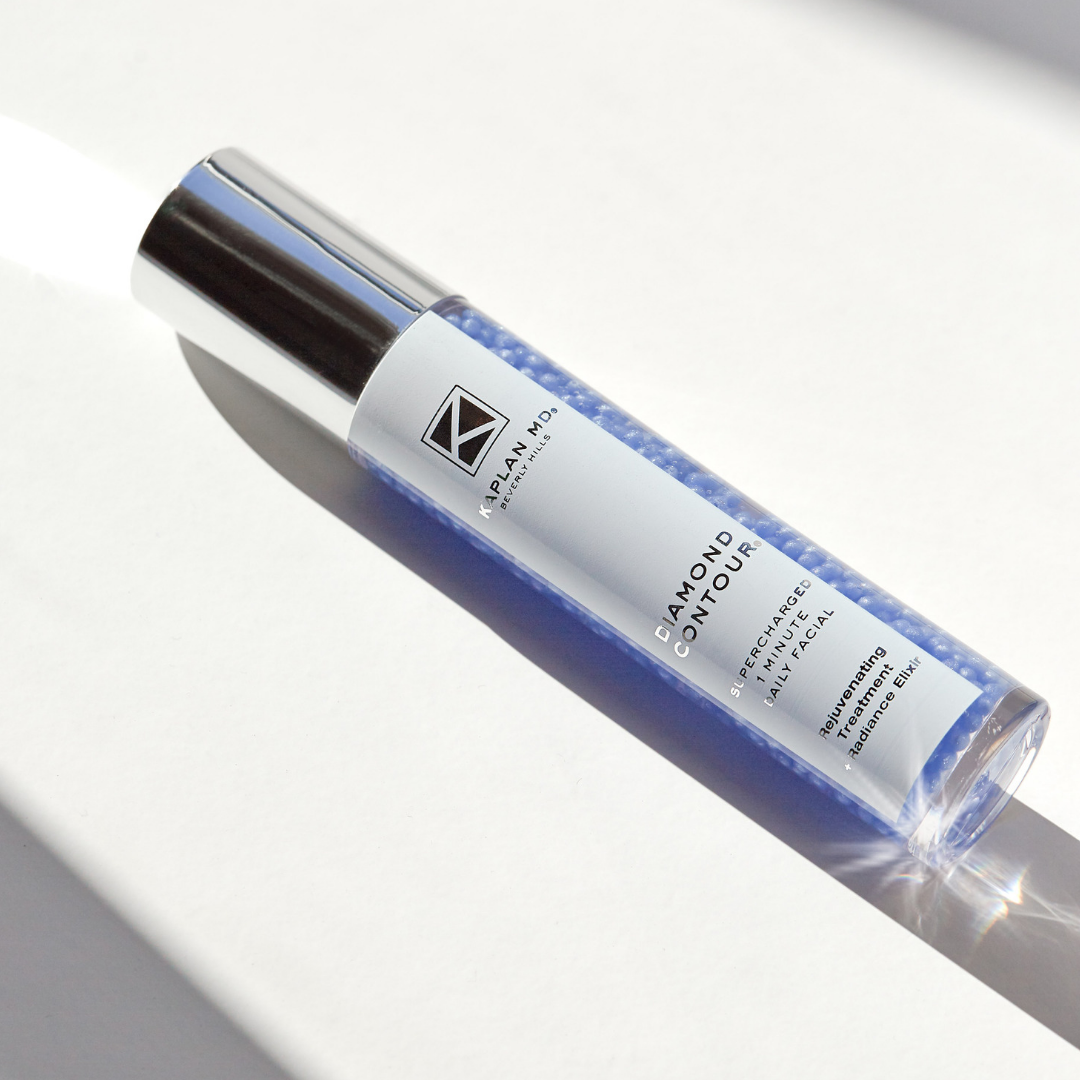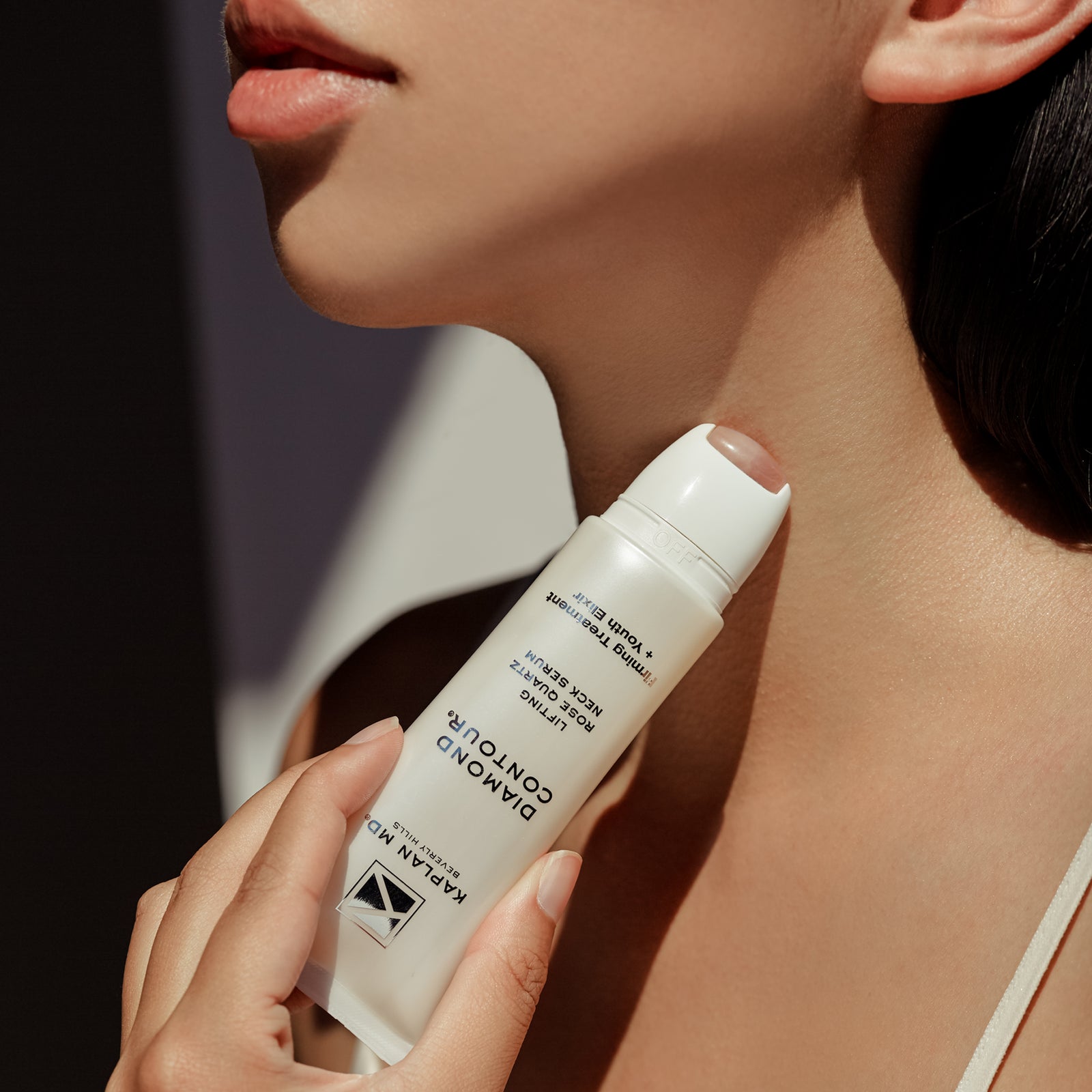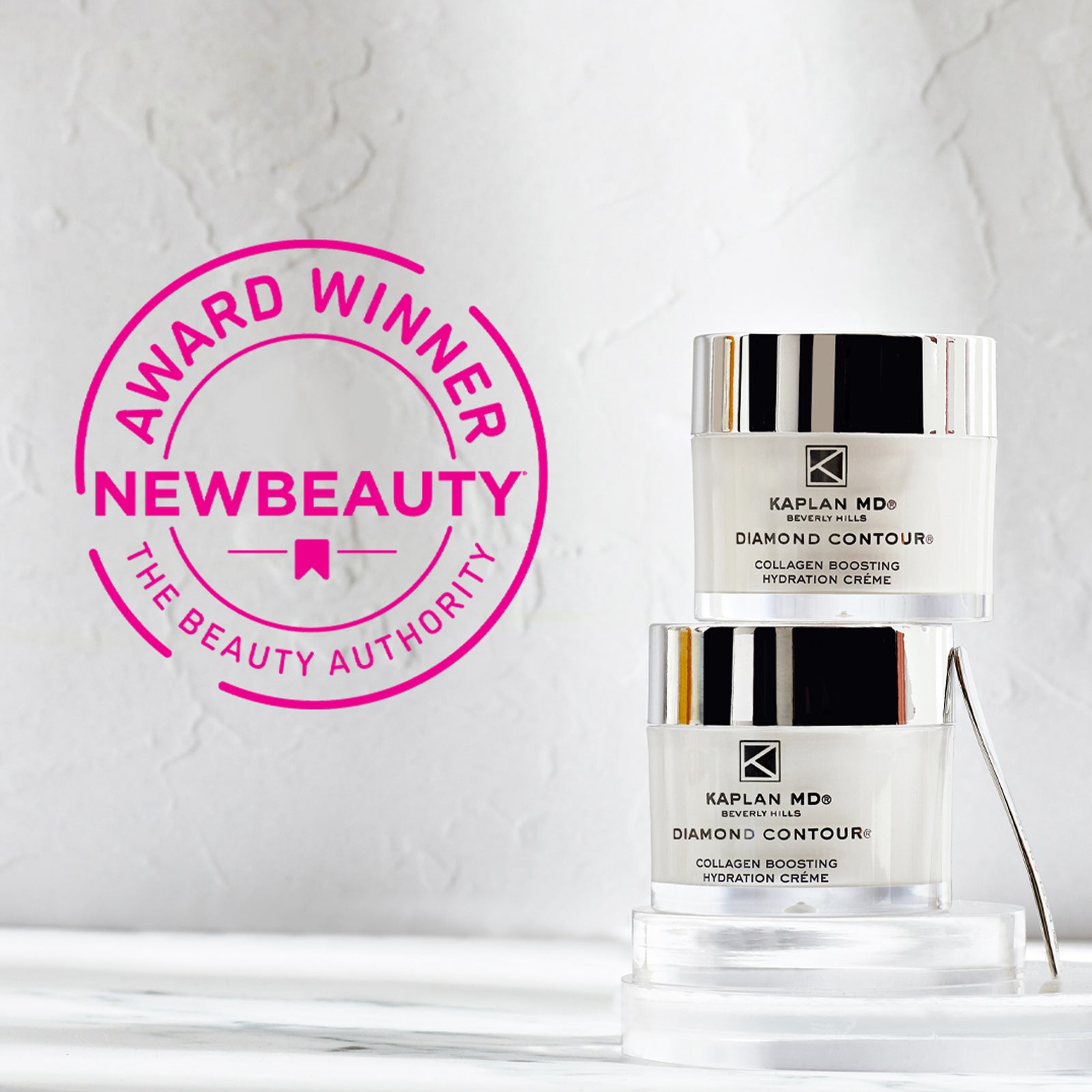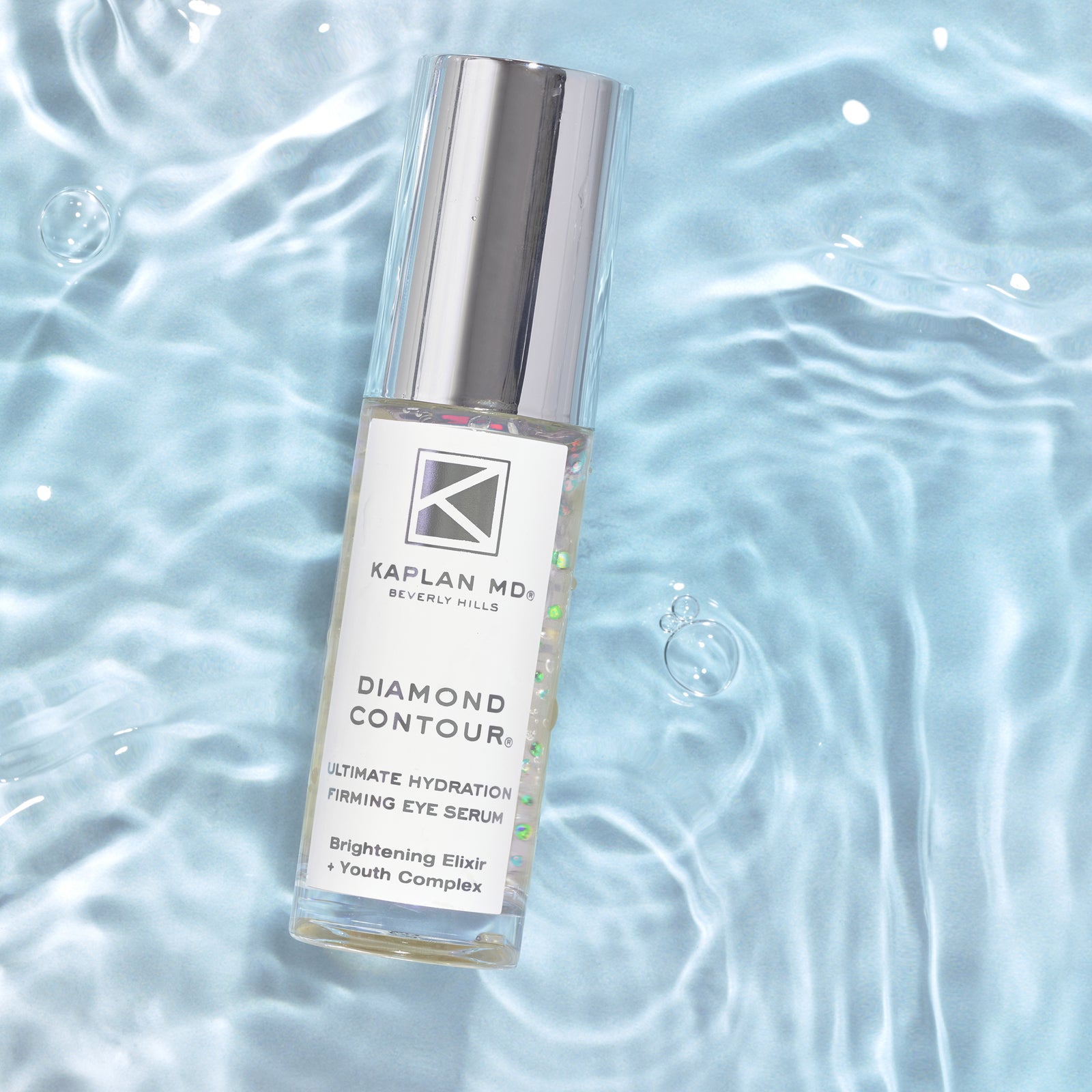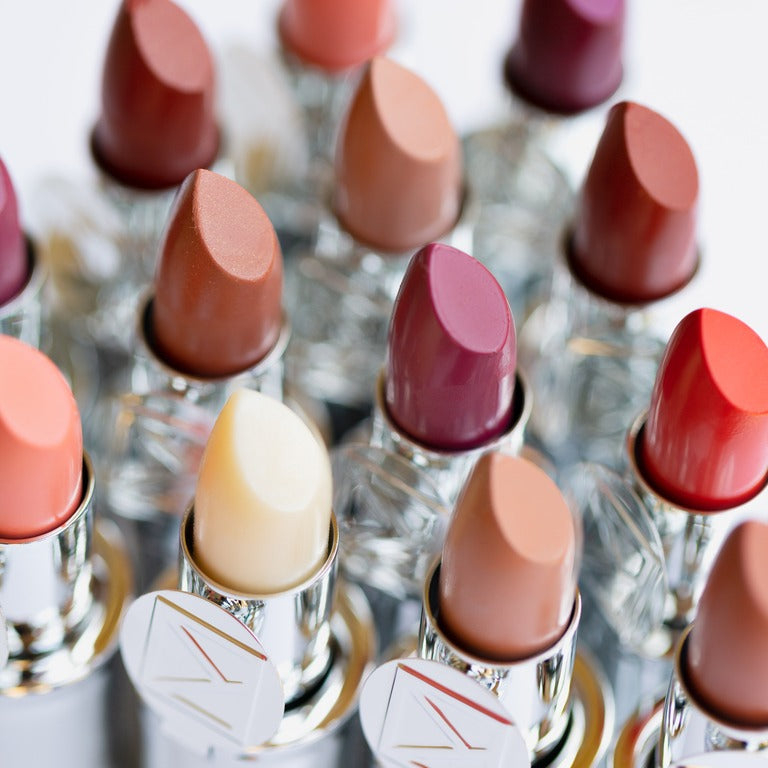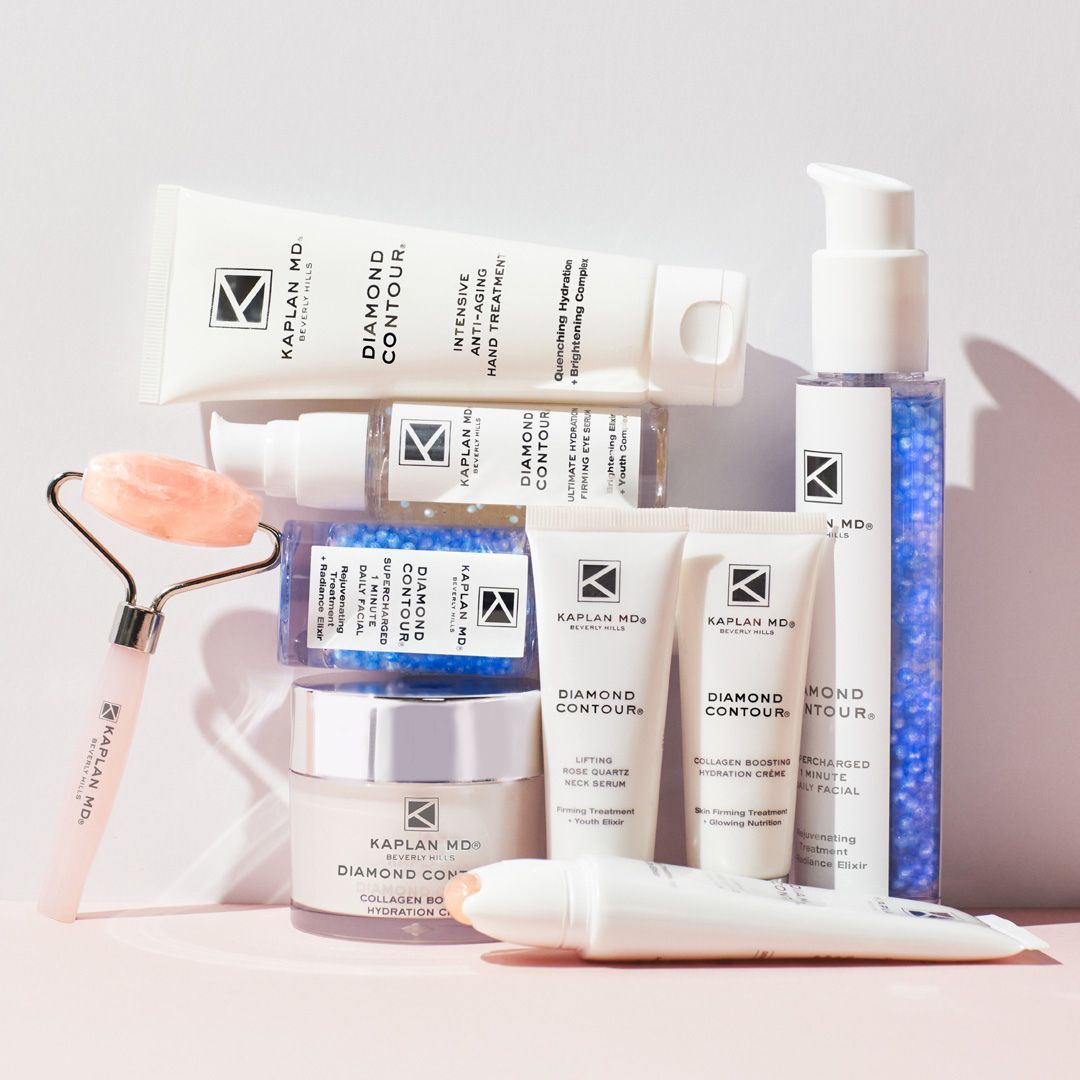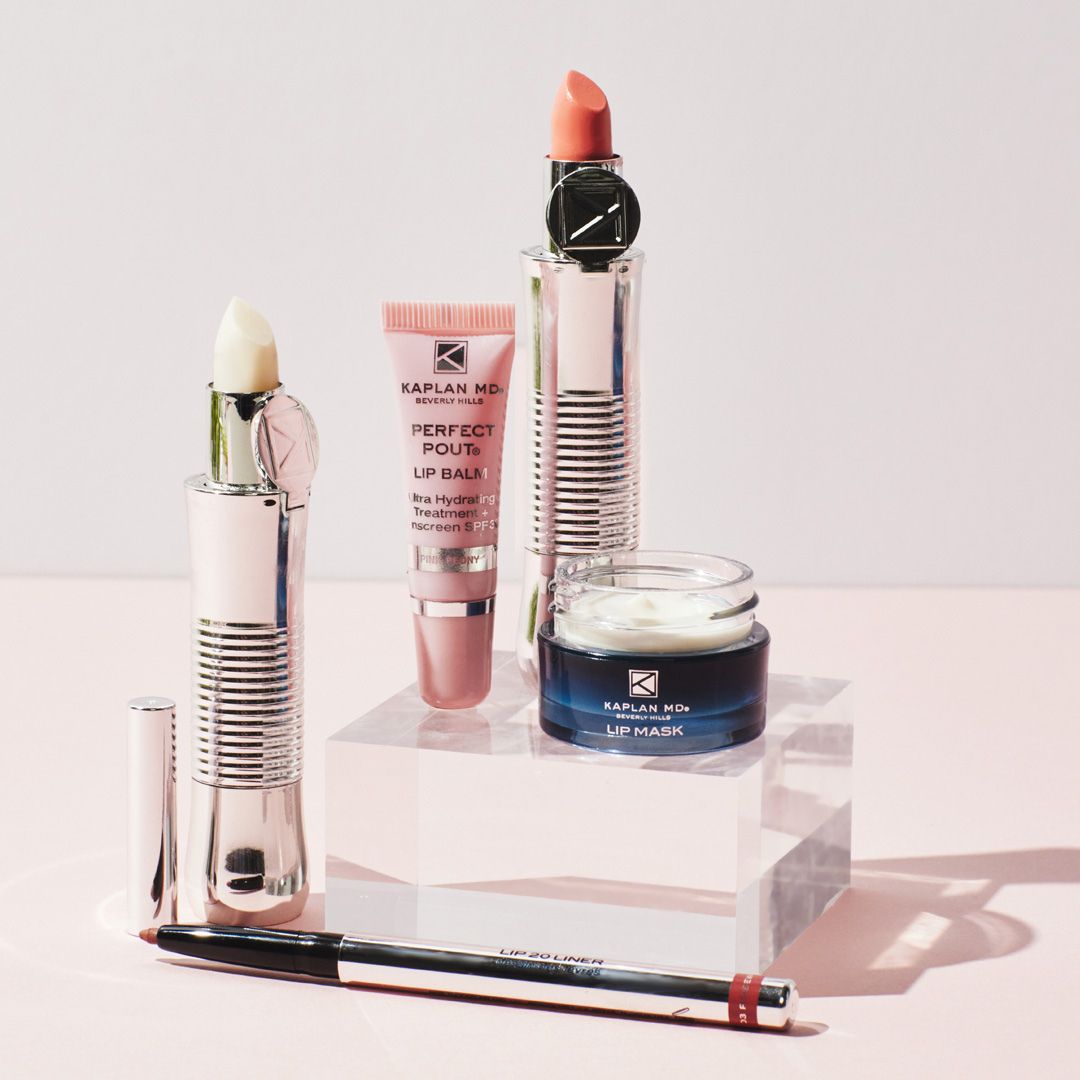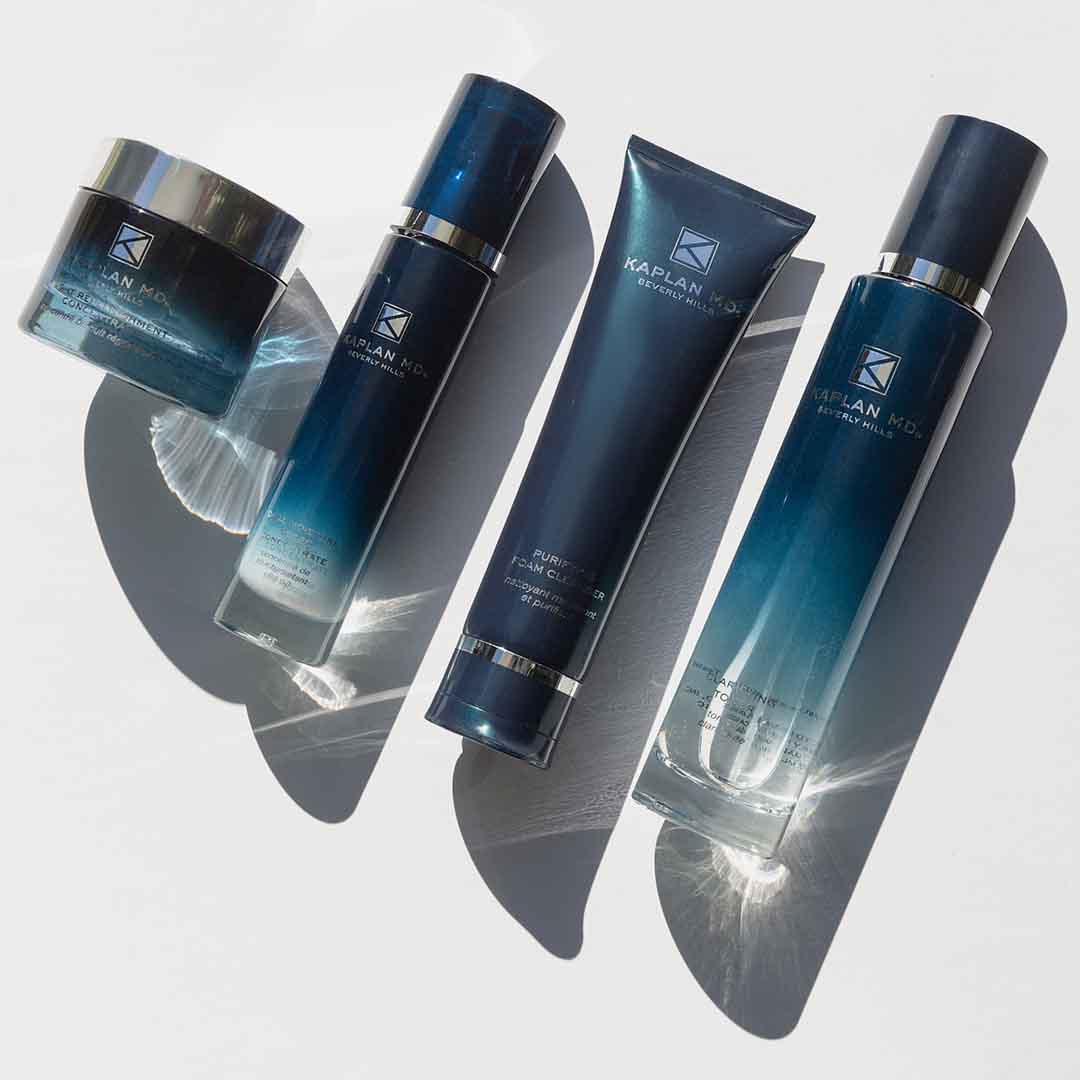Dr. Kaplan – Hyperhidrosis
HYPERHIDROSIS
Hyperhidrosis is excess sweating. We all need to sweat to keep the body cool. However, people with hyperhidrosis seem to have overactive sweat glands. They may sweat even when their body does not need cooling.
Too much sweating affects quality of life. It may cause embarrassment and frustration. It can affect one’s ability to carry out routine chores and may even be a hazard on the job.
CAUSES
This problem can be primary, meaning its cause is not another medical problem. When doctors do not know what the cause is they call it idiopathic. Sometimes hyperhidrosis is secondary; it results from another medical problem or a medicine or a side effect of a medicine (a health problem that can result from the medicine).Excess sweating is either focal (occurs on certain parts of the body, often the hands, underarms, and feet ) or generalized (large body areas sweat). There are three types of hyperhidrosis: primary focal, generalized idiopathic, and secondary generalized.
- Primary focal hyperhidrosis most often affects the feet, hands, underarms, head, and face. Usually it affects both sides of the body equally. This type often begins in childhood when it affects the hands and feet. It starts during puberty when it affects the underarms. Possibly, people inherit this trait.
- Generalized idiopathic hyperhidrosis is when large areas of the body sweat, and the cause is not clear. Treatment most often is with oral medicine.
- Secondary generalized hyperhidrosis results from medicine or a medical problem. Conditions that can cause it include menopause, an overactive thyroid, diabetic nerve disease (peripheral neuropathy), obesity, and stroke. Medications, such as blood pressure pills or antidepressants, also can cause this type of sweating. Other causes are exercise and heat. Unlike primary hyperhidrosis, sweating involves large areas of the body, can start at any age, and may occur during sleep.
WHY TREATMENT IS CONSIDERED
Hyperhidrosis may affect a person’s quality of life by interfering with work and social activities. It can cause embarrassment and social isolation. It is troubling and may have a link to depression and anxiety.Sweating a lot also is physically bothersome. It may cause discomfort. When it causes skin irritation, such as on the feet or in skin folds, it can lead to bacterial and fungal infections. To make sure you get a proper diagnosis and treatment of the cause of sweating, you should see a dermatologist or other physician. Treatment depends on the cause.
TREATMENT
Antiperspirants
Available with and without a prescription, these sprays, gels, roll-ons, and lotions decrease sweating. The most common ingredient is aluminum chloride hexahydrate.
Apply the antiperspirants to the affect area at bedtime on dry skin. Wash off the product in the morning. Some people find that occlusion (covering the area) with plastic wrap after application can be helpful on the palms and soles, but may be too irritating for the arm pits or under the breasts.
Iontophoresis
Used to treat sweaty hands and feet, this treatment requires the patient to immerse the hands or feet in a shallow pan filled with water. A medical device sends a lot-voltage current through the water. This process temporarily shuts off the sweat glands. When used every other day, it takes about six to 10 treatments until sweating decreases. Patients must repeat treatments to maintain results.
After receiving instruction on proper use of the device, the patient may self-administer the treatments at home. The machine is available by prescription only.
Botulinum Toxin Type A
The dermatologist injects a weak strength of this medication into the underarms, palms, or soles to decrease sweating. Sometimes, other body ares may receive these shots. The medication blocks the release of a chemical in the body (acetylcholine) that stimulates the sweat glands. This effective treatment may last 4 to 8 months. Patients will need re-treatment after that time.
Oral Medication
Taken by mouth, the “anticholinergic” medications glycopyrrolate and propantheline bromide prevent the stimulation of sweat glands. Medicines called beta-blockers (for instance, propranolol) also may be a treatment option, mainly for stress-induced sweating. Since all medications have possible side effects, the benefits should outweigh the potential risks.
Sympathectomy
This procedure interrupts the nervous system impulses to the sweat glands. Doctors use it mainly to treat the palms. A potential side effect is “compensatory sweating.” This is excess sweating that may be even worse than hyperhidrosis. This side effect can occur in up to 80% of patients. Therefore this procedure should be an option just for patients who fully understand the risk and in whom other treatments have failed.
Surgery
Underarm sweat glands and be removed by curettage (scraping), liposuction, or surgical exision (cutting). There may be scars or compensatory sweating after surgery.
All content solely developed by the American Academy of Dermatology.

